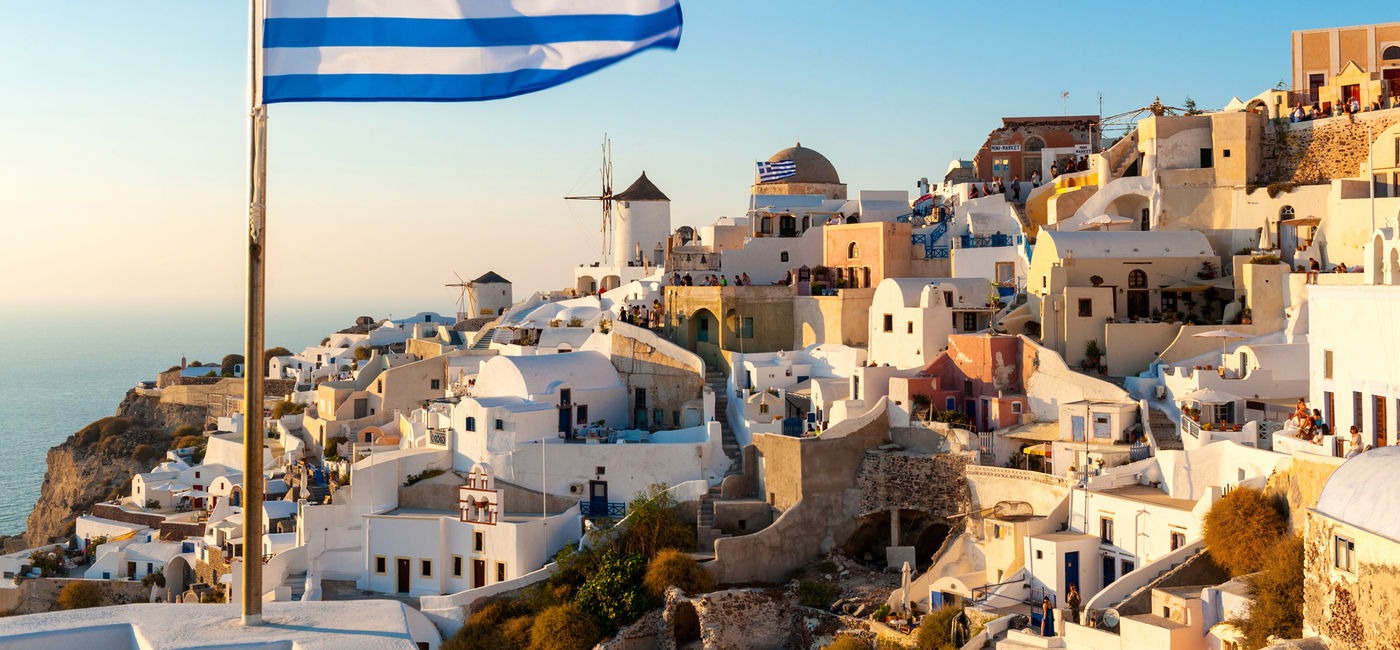
The Greek government has proudly unveiled the newly restored Palace of Aigai, a historic site where the legendary conqueror Alexander the Great was crowned King of Macedonia approximately 2,400 years ago. Formerly known as the Royal Metropolis of the Macedonians, this architectural marvel has been meticulously revitalized, marking a significant moment in Greece’s cultural heritage.
A Grand Restoration: The Palace of Aigai, spanning an impressive 15,000 square meters (over 161,000 square feet), is the largest structure from classical Greece. Constructed primarily under the patronage of Alexander the Great’s father, Philip II of Macedonia, in the Fourth century BCE, this palace holds profound historical importance.
A Symbol of Power: Greek Prime Minister Kyriakos Mitsotakis emphasized the palace’s significance, stating, “It is the place where Alexander the Great was crowned king, a short while after his father’s assassination, to commence his illustrious campaign.” Alexander’s reign reshaped history, as his conquests stretched from Greece to Egypt, Iran, and even northern India and central Asia.
Legacy of Hellenistic Period: Alexander’s vast empire ushered in the Hellenistic period, a pivotal era that endured until the rise of the Roman Empire. Greek culture flourished, and influential texts, including early versions of the New Testament, were transcribed into the Greek language.
A 16-Year Endeavor: The palace, which had suffered centuries of destruction and pillaging, required substantial restoration efforts. With an investment of €20 million (approximately US$21.9 million) and assistance from the European Union, the Greek government dedicated 16 years to its revitalization.
Global Cultural Heritage: Mitsotakis stressed the global importance of this restoration, declaring, “The importance of such monuments transcends local boundaries, becoming property of all humanity.” He urged the protection, promotion, and expansion of the cultural heritage represented by this historic site.
Meticulous Restoration: The extensive project encompassed excavation, artifact documentation, and conservation efforts. The Greek government painstakingly restored 1,400 square meters (over 15,000 square feet) of intricate mosaics, pristine marble flooring, and select columns while preserving the overall ambiance of the historic ruins.
The reopening of the Palace of Aigai stands as a testament to Greece’s commitment to preserving its rich history and sharing it with the world. Visitors can now explore this iconic site and immerse themselves in the legacy of Alexander the Great, a ruler whose influence shaped the course of history.






